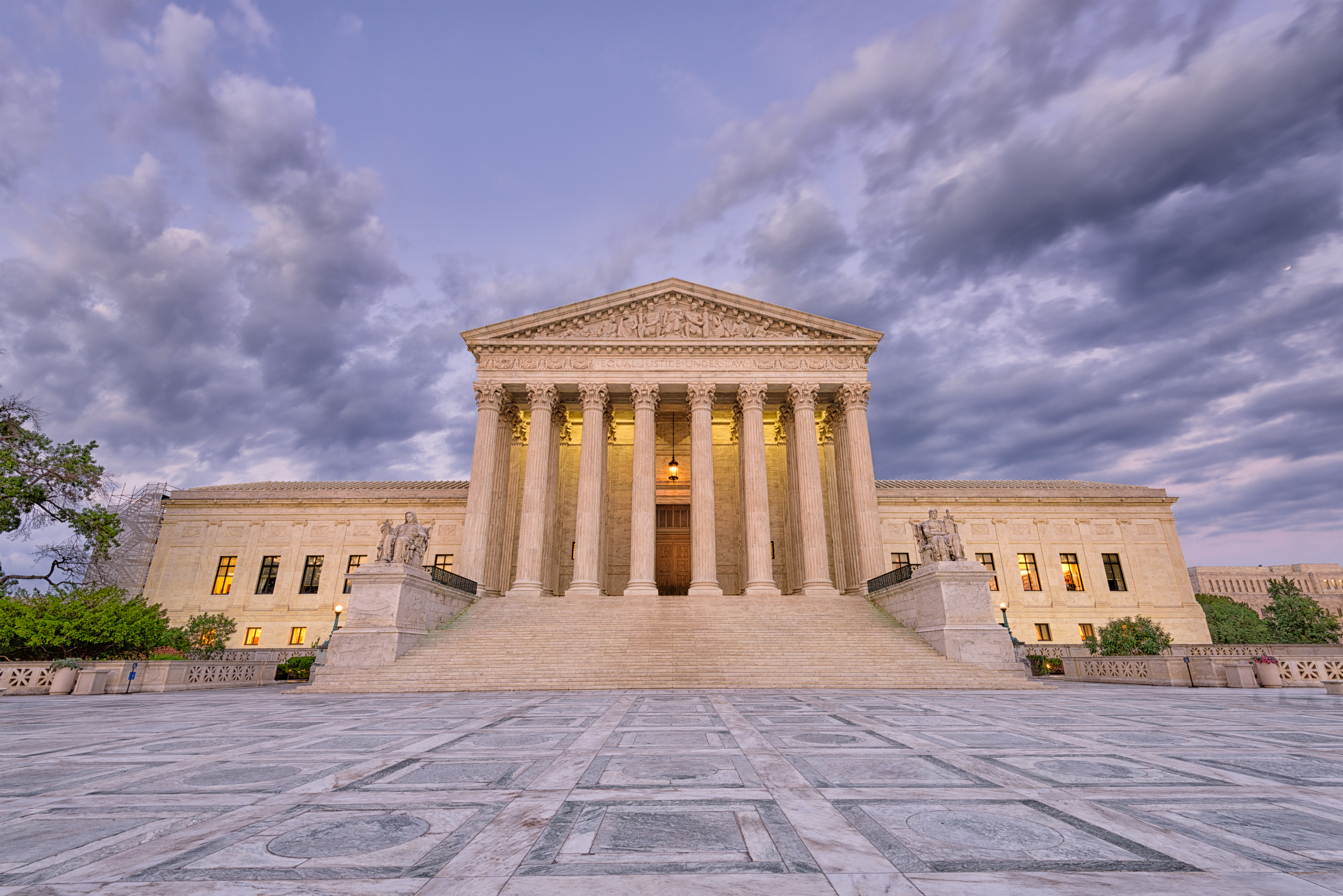Will Corner Post Open the Floodgates if Chevron Falls?

At Tuesday’s oral argument in Corner Post, Inc. v. Board of Governors of the Federal Reserve System, Justice Kagan asked the government’s counsel whether there is “any interaction” between the statute of limitations question in that case and the Court’s consideration of whether to abandon Chevron deference in two cases argued a month earlier.1 The Assistant to the Solicitor General responded cautiously that “a decision for Petitioner here would magnify the effect of any other decisions changing the way that this Court or other courts have approached administrative law questions,” because it could mean retroactively applying new standards to administrative agency actions taken decades earlier.2 The decision in Corner Post could be hugely consequential if the Supreme Court recasts or rejects Chevron, because many regulations that were upheld under a deferential standard would be fair game for renewed challenges under a new and likely more rigorous standard of review.
The issue in Corner Post is whether a challenge to agency action accrues for purposes of the general six-year statute of limitations in 28 U.S.C. § 2401(a) when the agency action becomes final—as is true of a host of specific statutes authorizing review of administrative agency decisions—or when a particular plaintiff has a sufficient injury to be aggrieved by the action. Corner Post, a North Dakota truck stop incorporated in 2017 that began operations in 2018, was added as a plaintiff to North Dakota trade associations’ facial challenge of an administrative rule issued in 2011 that allows high interchange fees on debit card transactions; after the district court held the claim was barred by the statute of limitations. If facial challenges to a regulation accrue when the agency issues it, then regulations issued more than six years ago will not be vulnerable to new facial attacks, although challenges to specific applications of a regulation (such as in an enforcement action or the issuance of a new permit) would be timely. But if Corner Post prevails, then the six-year period to bring a facial challenge begins anew for a company that is newly subject to or affected by the regulation, no matter how long ago the agency issued it.3
Justice Kagan’s delicate exchange with government counsel understates the combined effect of repudiating or significantly narrowing Chevron deference and allowing new entrants to a field of business to bring facial challenges to regulations issued years or even decades ago. Perhaps the Supreme Court will find a way to make any narrowing of Chevron prospective; questions at the oral argument in the Chevron cases showed that the justices were conscious of the potentially destabilizing effect of repudiating the methodology courts used in deciding hundreds, perhaps thousands, of administrative law cases over three decades. But under current law, the statute of limitations would restrain any retroactive effects of narrowing or overruling Chevron. New facial challenges would be limited to six years from the date of final agency action, and challenges would otherwise be limited to applications of a regulation to a specific party (that would not ordinarily invalidate a regulation across the board). Thus, if the Court both adopts Corner Post’s position and cuts back on Chevron, new entities will be able to raise facial challenges to decades-old regulations under an easier standard. An old decision upholding the regulation as a reasonable interpretation by the agency of a statute under Chevron would likely have no stare decisis effect on a de novo interpretation of the statute by a court.4
If Corner Post prevails and the Court cuts back on Chevron deference, trade associations will have every incentive to recruit new entrants to bring post-Chevron facial challenges, much as the North Dakota trade associations amended their complaint to add Corner Post as a plaintiff in response to a motion to dismiss on limitations grounds. Not only that, they can look for new entrants operating in places where judges on the regional courts of appeals seem most receptive to loosening regulation. The Fifth Circuit comes to mind. Nothing could dismantle the administrative state faster than a series of aggressive judicial decisions clawing back the exercise of regulatory power under Chevron.
1 Corner Post, Inc. v. Board of Governors of the Fed. Reserve Sys., No. 22-1008, Oral Arg. Tr. 74 (Feb. 20, 2024) (“There is obviously another big challenge to the way courts review agency action before this Court. Has the -- has the Justice Department and the agencies considered whether there is any interaction between these two challenges? And, again, you know, if Chevron
were reinforced, were affirmed, if Chevron were reversed, how does that affect what you're
talking about here?”). The Court heard argument in the Chevron cases (Loper Bright Enters., Inc. v. Raimondo, No. 22-451 and Relentless, Inc. v. Dept. of Commerce, No. 22-1219) on January 17, 2024.
2 Corner Post, Oral Arg. Tr. 75.
3 Counsel for the government noted that the same would be true if a new entrant was affected by other kinds of agency action, such as the issuance of a permit. Tr. 52-53, 61. He gave as an example a permit to operate a dam, but it would also be true of FDA drug approval. Tr. 52-53. If the harms alleged by the organizations that sued to overturn approval of mifepristone are sufficient for standing, then presumably the organizations could have avoided statute of limitations problems by recruiting a newly licensed physician alleging the same harm to join the suit. See Alliance for Hippocratic Med. v. U.S. Food & Drug Admin.,78 F.4th 210, 242-45 (5th Cir. 2023) (holding Alliance’s challenge to 2000 approval untimely).
4 Justice Barrett made this point in a question to petitioner’s counsel. Relentless, Inc. v. Dept. of Commerce, No. 22-1219, Oral Arg. Tr. 59-60 (Jan. 17, 2024). Indeed, the Federal Reserve regulation Corner Post challenged (which seems to me to have been a very bank-friendly limitation on the processing fees banks can charge merchants) is an example of a regulation that might fare less well in post-Chevron review, notwithstanding a D.C. Circuit opinion upholding it under Chevron. See NACS v. Board of Governors of the Federal Reserve System, 746 F.3d 474, 484 (D.C. Cir. 2014) (“The Board may well have been able to interpret section 920(a)(4)(B) as the merchants urge.”).
Information provided on InsightZS should not be considered legal advice and expressed views are those of the authors alone. Readers should seek specific legal guidance before acting in any particular circumstance.
Author(s)

David A. Reiser
Counsel
Email | +1 202.778.1854
As the regulatory and business environments in which our clients operate grow increasingly complex, we identify and offer perspectives on significant legal developments affecting businesses, organizations, and individuals. Each post aims to address timely issues and trends by evaluating impactful decisions, sharing observations of key enforcement changes, or distilling best practices drawn from experience. InsightZS also features personal interest pieces about the impact of our legal work in our communities and about associate life at Zuckerman Spaeder.
Information provided on InsightZS should not be considered legal advice and expressed views are those of the authors alone. Readers should seek specific legal guidance before acting in any particular circumstance.




